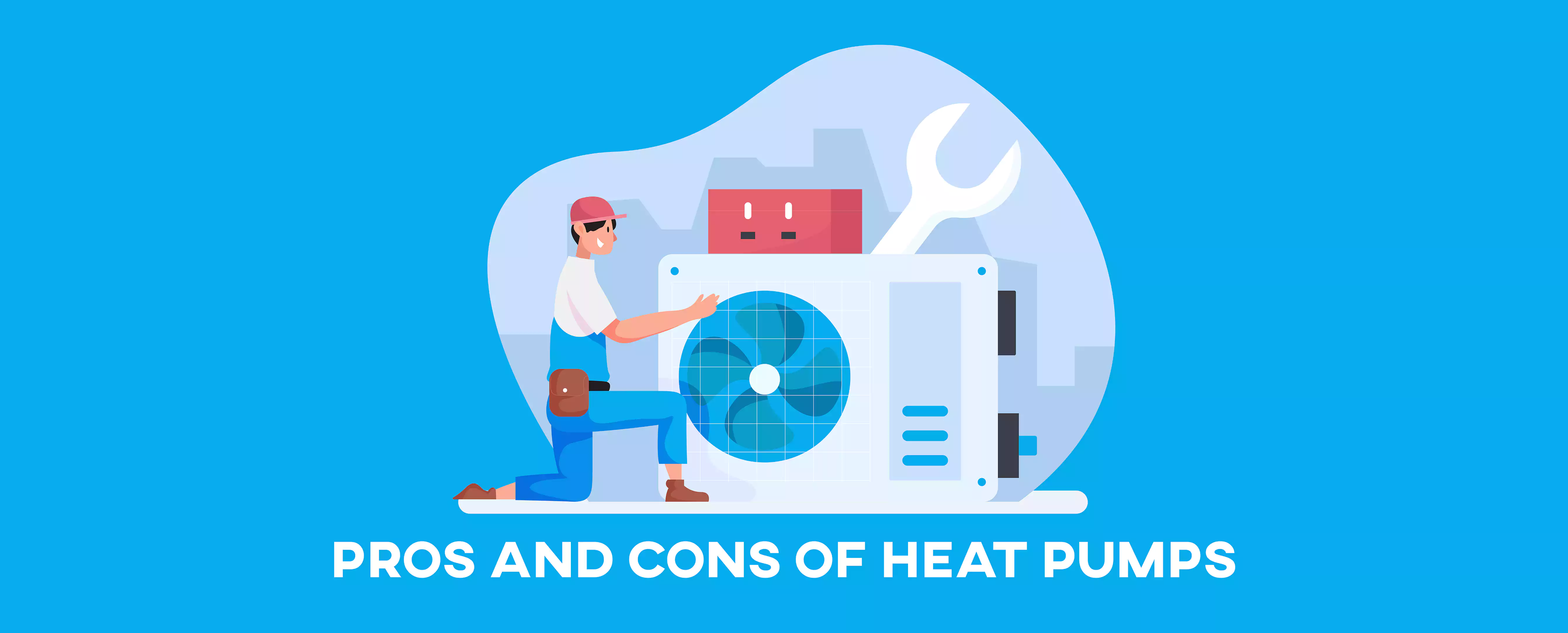

The UK government wants to install 19 million heat pumps in new construction to reach Net Zero by 2050. The UK government's heat pump incentives make this renewable energy source even more affordable to use and lighten the financial strain of air source heat pumps as the deployment of heat pumps rises.
There are several benefits to metal roofing. For instance, they are strong and sustainable at the same time.
Furthermore, the standing seams make it simple to attach the solar array, which makes the installation process simple. People on a tight budget should consider this because the labor cost will be somewhat lower.
The ideal form of roof for putting solar panels is generally a standing seam metal roof.
Tile RoofAnother kind of roof is Tile roof.
Tiles are produced from a variety of materials such as metal, ceramic, concrete, bituminous, polymer-sand, composite, and stone.
Tar and GravelOne of the oldest styles of roof available is this one. Alternating layers of asphalt or tar and specific supporting components are used to position them on the roof.
They make your constructions heavier and the upkeep process more challenging. Additionally, the installation of solar panels can call for additional bracing and other supplies. When installing solar panels, other materials can also be used, including wood, foam, and torch down roofs.
In various parts of the UK, the cost to install solar panels on a flat roof normally ranges between £750 and £900 per kW. This is a lot less expensive than putting PV panels of the same size on a sloped roof, which would cost £1,250 per kW. Furthermore, the price of installing solar panels may vary depending on a number of variables. Such as quantity of PV panels and the mounting technique you use. The argument is that, when compared to other types of roofs, the labour cost for solar panels on flat roofs is significantly lower. Overall, the cost of labour will not be higher than 10% of the cost of a solar panel installation. Keep an eye out for solar panel grants in your area since they might help lower the cost.
Find the Best Angle for Flat Roof Solar PanelsA Stanford University study found that the ideal roof tilt angle for solar panels in the UK is 34°. The normal flat roof angle for solar panels is between 30 and 40 degrees, which increases the likelihood that the panels will absorb sunlight. Additionally, because rain will wash away dirt and debris that could affect the performance of the panel, cleaning solar panels can be done more easily from this perspective. Make sure you hire a qualified individual to complete the task. Professional installers typically use specialized equipment to place panels at the correct angle.
You should take caution when having PV panels installed on your flat roof, as was already explained. Solar panels are typically mounted using a “penetration mount” on steep rooftops, which entails drilling many holes in the roof to secure the racking that holds the solar panels. But flat roof solar panel mounting solutions differ slightly from other types. Ballast systems, or weighted mounting systems, are frequently used on flat roofs. Such technologies allow for installation without the requirement of any holes. A flat roof solar panel mounting solution really floats above your roof utilizing gravity, which makes the installation process incredibly simple. You can also use the excellent Bauder roof system, commonly known as BauderSOLAR.
It attaches to the roof without having to pierce the waterproofing of the roof deck because the solar PV module and the substructure are combined into a single unit. This ensures that the integrity of the roof is preserved throughout installation. Additionally, depending on the module you're using, it weighs between 9 and 12.5 kg per square meter. We are aware that locating the best solar panel provider may require spending a significant amount of time conducting research. By giving you up to 4 quotations from several local vendors, we hope to simplify this process for you. This service is entirely unrestricted and without obligation to you. Filling out the contact form at the top of the page is all that is required. We will then link you with the most qualified installers after getting back to you as soon as we can to ask you some additional questions. You may be confident that you received the greatest solar panel quotes!
Now you understand that using the free energy price comparison tool of UtilityKing will not only help you to compare energy suppliers but also bring you the options to select the best electricity provider in your area. UtilityKing is also able to help you with energy switch to ensure that you will get the best energy deals from the cheapest energy supplier